Latin name: Berlandiera
Category: herbaceous plant
Origin: North America
Berlandiera - the owner of a pleasant aroma
Berlandiera is a flower known for the most extraordinary plant fount of the smell of chocolate. The rich aroma is more audible in the morning, an excellent way to improve mood for the whole day. The appearance of the flower is identical to chamomile, only the petals are yellowish and with chocolate-colored stamens.
All connoisseurs of chocolate flavor are recommended to have a chocolate daisy. In addition to it, it is advisable to plant more flowers that emit the smell of chocolate - chocolate orchid, large-flowered portlandia, holly magonia, five-leaved akebia, chocolate cosmea, which will bring you a comfortable state, creating a wonderful aroma.
You can breed these perennial flowers in the conditions of the apartment and in the garden, as well as on the balcony, thanks to them you can enjoy the fragrance of cocoa mixed with chocolate.
Chocolate flower is a perennial plant, growing to a height of 45 cm, with a diameter of 3 cm inflorescences, blooming all summer. A flower with long wavy green leaves with red veins on the reverse side. When the leaves begin to wilt, they turn a bluish-green color, the flowers continue to be bright yellow.
A plant from the Aster family, got its name out of respect for the Belgian doctor and admirer of Berlander's floriculture. The scientist studied plants in the 19th century in North America. Popular in Texas is the name of the flowers, called "green eyes", due to the round green bracts located around the circumference of the flower.
Due to the unusual smell for landscaping, chocolate chamomile is not planted with bushes and flowers that have a pungent smell, with the exception of cosmea and other flowers, similarly emitting cocoa flavor with chocolate vanilla.
Plants emitting the smell of chocolate can be advised to be planted near verandas, terraces, porches of the house, buildings for relaxing in the garden, so that, being close to enchanting flowers, you can fully enjoy their fragrance.
The pleasant smell of the plant attracts people and insects. These flowers are a good fit for those who love the exotic, and are perfect for growing in flowerbeds. These flowers can be found near roads in wastelands, meadows and forests.
The chocolate flower belongs to the small genus Berlandiera. It is represented by six species of herbaceous perennial grasses growing in the Americas and in Mexico.
In Ukraine, Belarus and Russia, unpretentious flowers are grown for landscape design of one species - the lyre-shaped berlandier.
Berlandier species
Berlandiera texana
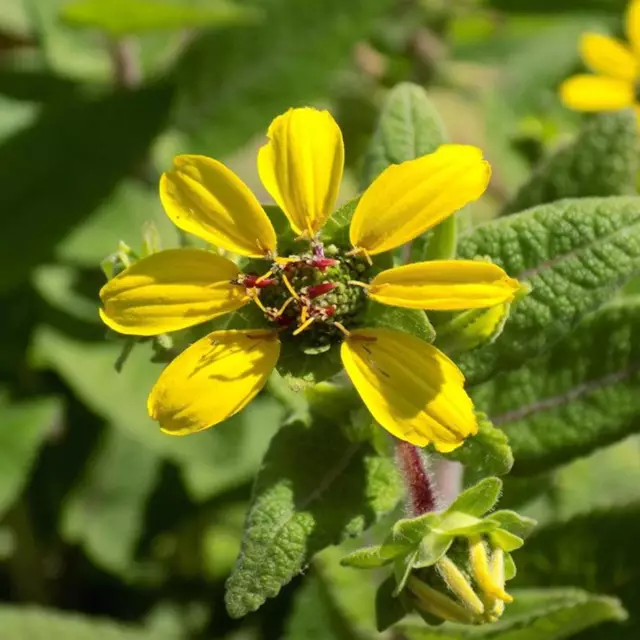 Often referred to as the Texas green-eyed hairy perennial, or simply referred to as "sunflower". Grows on sandy, dry, rocky or calcareous soil in the forest and in the field, in America. Resembling daisies, the flowers bloom in June and finish blooming in September. Stems grow up to one meter branched and showered. On the stems grow jagged, triangular, powdered leaves. Inflorescences consist of yellowish rays and small green bracts.
Often referred to as the Texas green-eyed hairy perennial, or simply referred to as "sunflower". Grows on sandy, dry, rocky or calcareous soil in the forest and in the field, in America. Resembling daisies, the flowers bloom in June and finish blooming in September. Stems grow up to one meter branched and showered. On the stems grow jagged, triangular, powdered leaves. Inflorescences consist of yellowish rays and small green bracts.
Berlandiera betonicifolia
 Yellow flowers growing up to 60 cm on not very branching stems with green leaves. They tolerate dry weather and soil well, the plant grows on sandy ground. Berlandiera begins to bloom in spring and ends in autumn.
Yellow flowers growing up to 60 cm on not very branching stems with green leaves. They tolerate dry weather and soil well, the plant grows on sandy ground. Berlandiera begins to bloom in spring and ends in autumn.
Berlandiera lyre (Berlandiera lyrata)
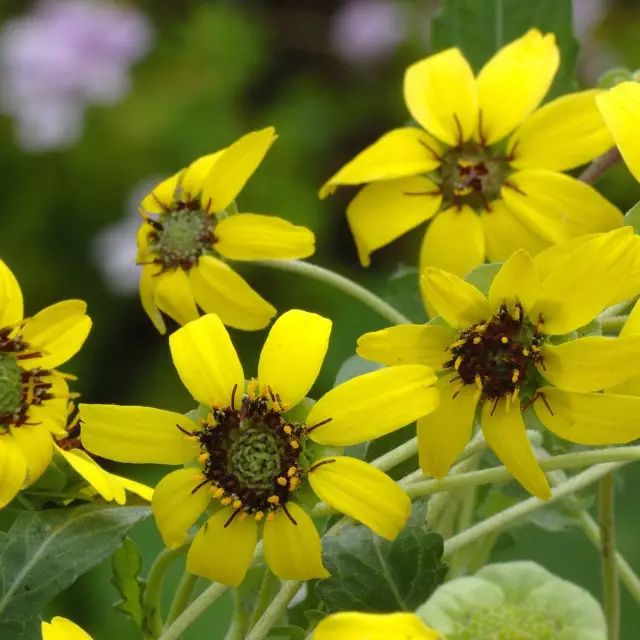 The flower grows to a height of 30 cm with beautiful green leaves resembling feathers, yellow inflorescences, and has brown stamens. On the reverse side of the sheets, red veins are visible. It is not difficult to grow a flower, it is necessary to water moderately, avoiding oversaturation of water.
The flower grows to a height of 30 cm with beautiful green leaves resembling feathers, yellow inflorescences, and has brown stamens. On the reverse side of the sheets, red veins are visible. It is not difficult to grow a flower, it is necessary to water moderately, avoiding oversaturation of water.
The plant mainly grows in the sun on loose, fertile soil.
The flowers bloom in June and the plant continues to bloom in July. In winter, it can withstand temperatures of -20℃ when the plant is covered with a mulch film.
Flowers are planted in flower beds and in containers.
The plant needs regular moisture, nutrient addition, weed cleansing and soil loosening so that it blooms long and luxuriantly.
Berlandiera subacaulis
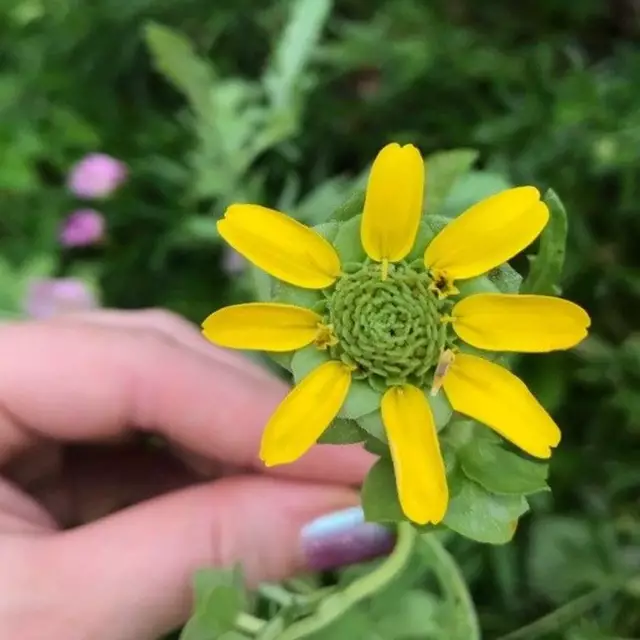 Represents a perennial branchy flower, it can be seen in the mountain forest and on the roadside, the plain and on the hill. It blooms with bright flowers in spring, attracting butterflies and bees. The flowers have a jagged, jagged yellow surface with a greenish flower disc.
Represents a perennial branchy flower, it can be seen in the mountain forest and on the roadside, the plain and on the hill. It blooms with bright flowers in spring, attracting butterflies and bees. The flowers have a jagged, jagged yellow surface with a greenish flower disc.
Young green leaves have serrated edges and an oval shape, while old leaves are lobed. In most cases, the leaves of the plant are basal, and occasionally petiolate, and may be sessile. The leaves have hairs on the underside.
The stem of the flower is small and coated. The primary root has tuberosity and thickness. The seed box is attached to the bract. Seeds are in radial inflorescences.
Berlandiera pumila (Berlandiera pumila)
 Flowers can be found in forests and thickets, along the roadside and at the intersection of forest and sandy areas.
Flowers can be found in forests and thickets, along the roadside and at the intersection of forest and sandy areas.
In a plant, the root has the appearance of a rod, woody. Stems grow up to 40 cm long, green, branched. The leaves of the flower are grayish and velvety, grow basal and stem.
The flowers have a chocolate smell, the aroma is stronger in the morning.
Berlandiera monocephala (Berlandiera monocephala)
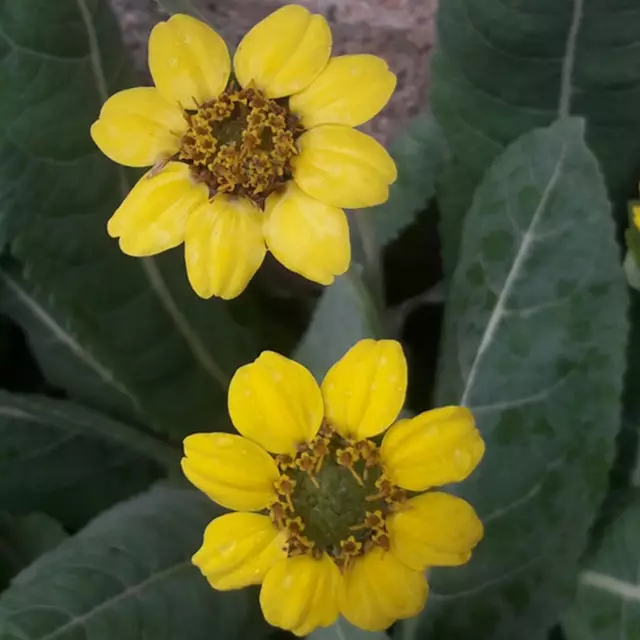 The plant has thickened roots. It grows with unbranched stems, but may also have branching at the base.
The plant has thickened roots. It grows with unbranched stems, but may also have branching at the base.
Blooms in May, and finishes flowering in October. Flowers grow mostly inpidually, rarely 3 pieces together. Leaves grow clustered near the stalk.
At night, the flowers open and it is time for them to close by noon. Flowers grow in meadows, often found near oak and juniper.
The roots of Berlandier monocephaly are medicinal, help with diseases of the stomach, lungs, and also reduce pain when bitten by an insect or even a snake.
Growing conditions
When growing a chocolate daisy on the street, it must be borne in mind that it loves a sunny place, but if such a place is not found, it can be planted in a semi-dark one.
Flowers for growing are very unpretentious, hardy, tolerate hot weather well, and are easy to care for.
Regarding the soil, chocolate chamomile is not very demanding. For good growth and flowering, the soil needs:
- excellent water permeability;
- a small amount of peat;
- average mineral content.
Excellent quality soil from the garden or garden, with the addition of sand. If the soil is poor, you should supplement it with compost, filling it with minerals, making drainage.
An excellent method to rid the soil of excess water is the addition of gravel.
For home cultivation, you need to sow the seeds at the very end of March. The soil should be watered moderately so that it constantly contains moisture for seed germination.
The plant comes from where the weather is accompanied by drought, due to which it does not need constant watering when the roots are rooted. Watering should be done only when the soil is dry.
The chocolate flower blooms when fertilizers are applied.
In the first year, it is unnecessary to feed the plant with mineral fertilizers, in the case when good quality soil was used and compost was added to it.
In the future, liquid nutrients are applied to the soil every month. During the growth period of chocolate chamomile, but no later than flowering, compost is added.
The chocolate daisy requires that the withered flowers be pruned, because pruning allows for extra strength for further flowering.
It is recommended to transplant or change the soil once after two years of growth in one place.
You can propagate a chocolate flower using seeds, cuttings or by piding the roots.
Pests and diseases
Chocolate chamomile has no inherent diseases, but may appear in cases where there is no proper flower care. More frequent such violations in care:
- compacted earth;
- darkened room;
- dehydrating environment;
- barrier deficiency in frost.
Chocolate chamomile attracts beneficial insects, as well as harmful ones - aphids and snails.
To ensure getting rid of the harmful effects of harmful insects, is the planting of lavender or thyme.
You can destroy and prevent the appearance of aphids and snails with the help of ladybugs and lacewings, hedgehogs and toads.
Chemical preparations should be used only in cases where these assistants no longer help in the fight to destroy harmful insects.
Nettle decoction will help get rid of aphids if you add it to water for watering chocolate daisies.
Difficult Growing Moments:
- The chocolate flower does not grow and dries up - it is necessary to stimulate growth with nutrients;
- Chocolate daisy rots - waterlogging of the soil;
- Chocolate chamomile does not bloom - pruning is required.
With proper care, chocolate chamomile will delight and bring pleasure to you. Good luck growing your amazing flower!




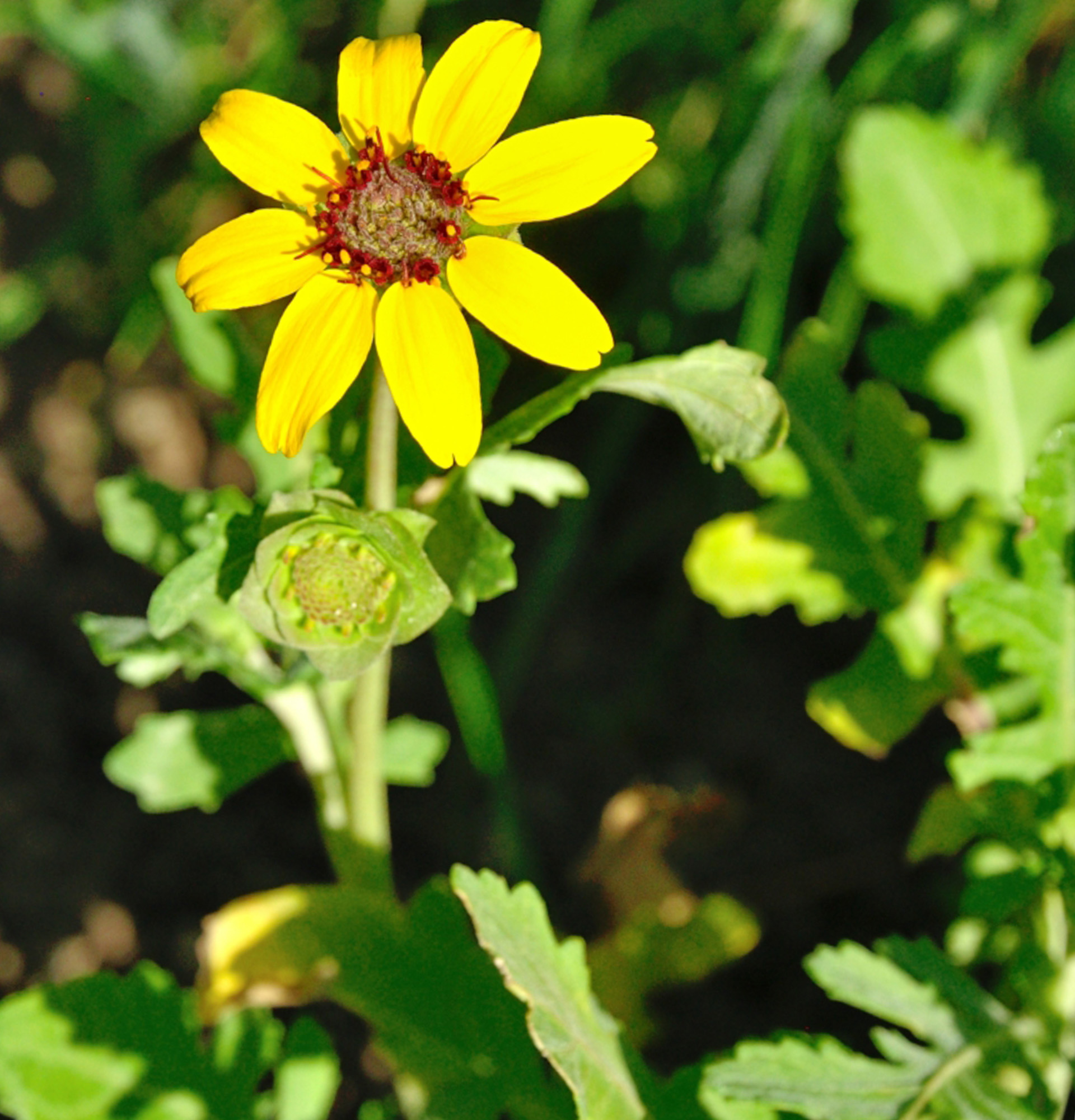










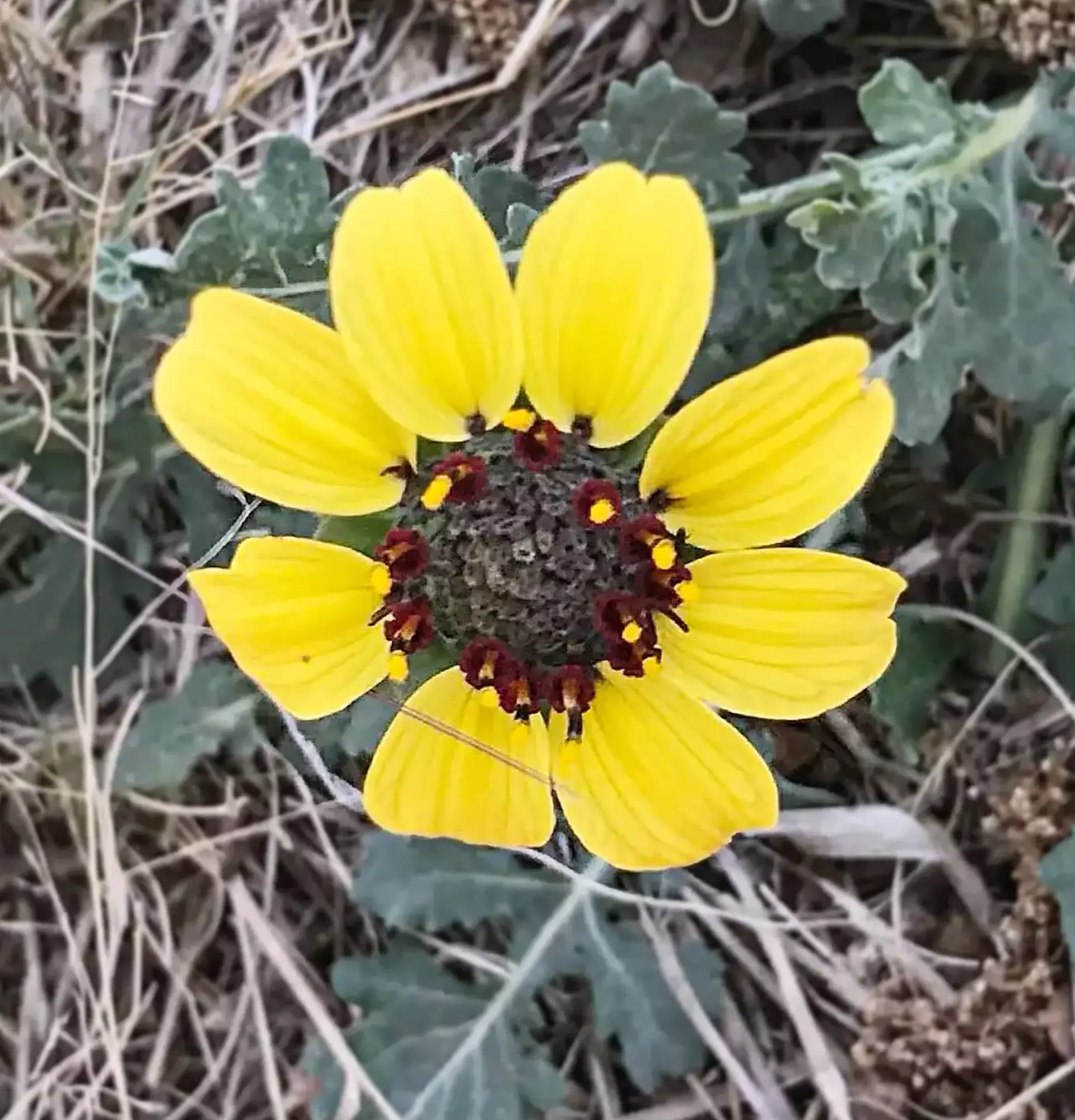
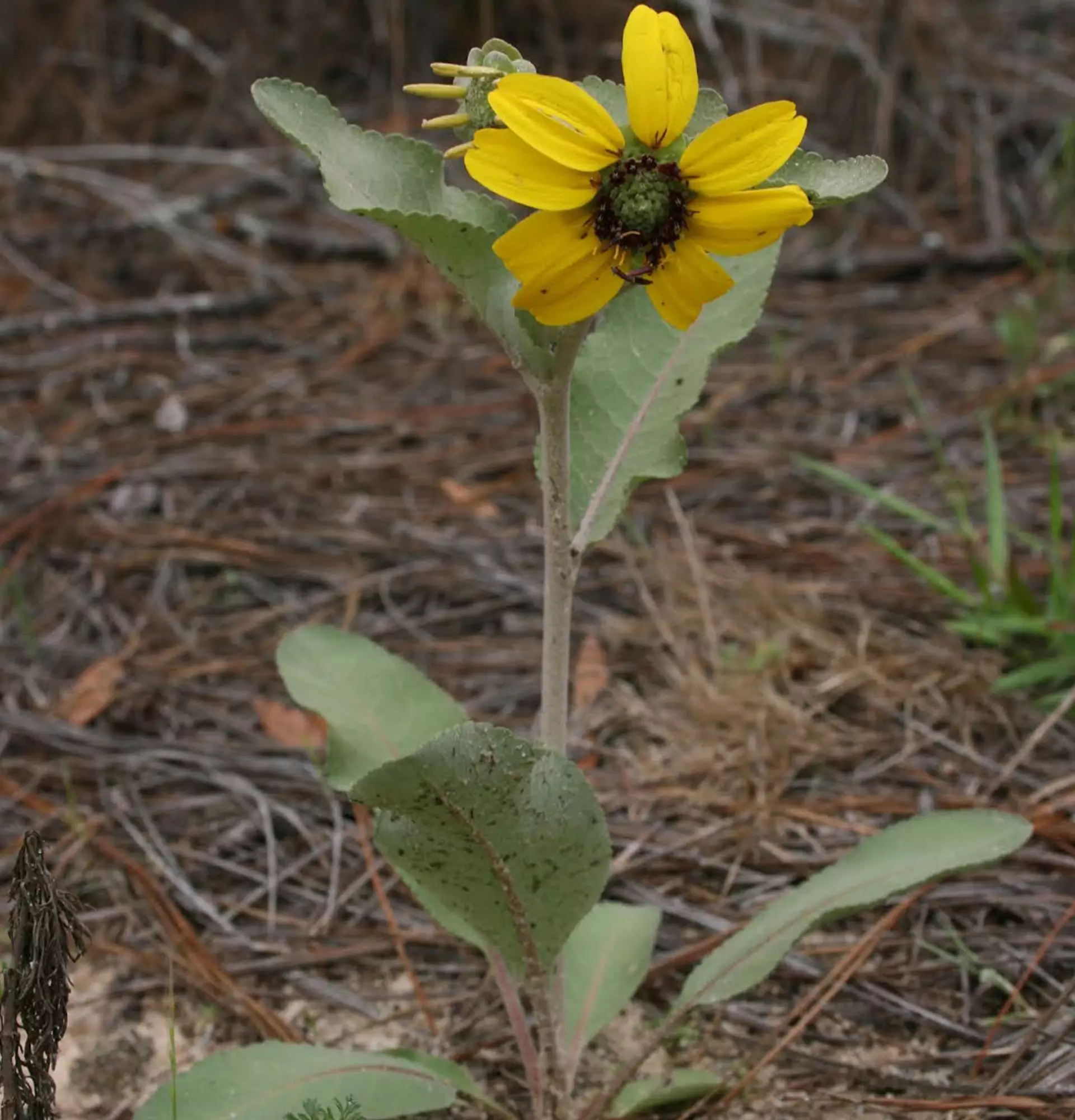
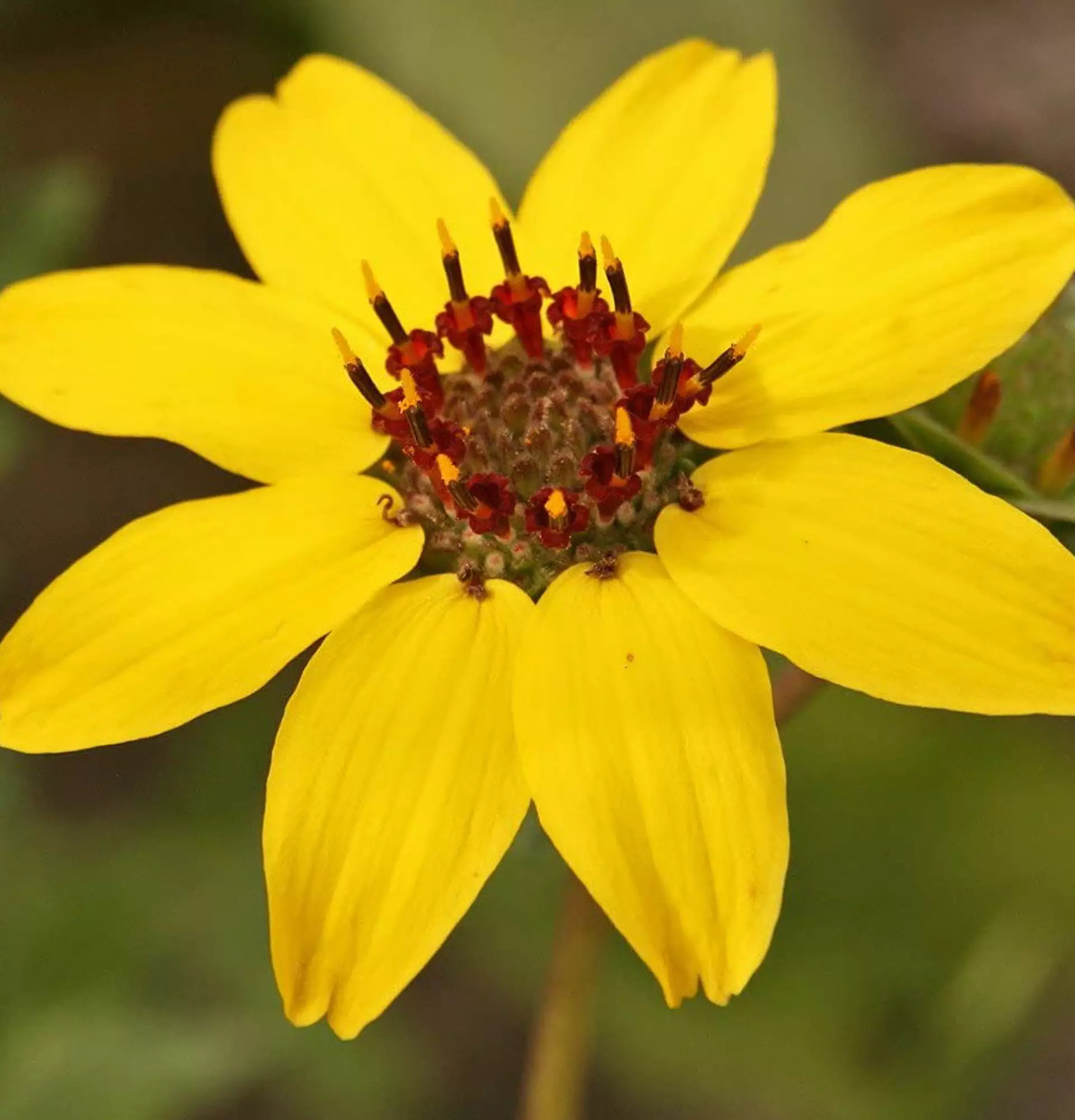
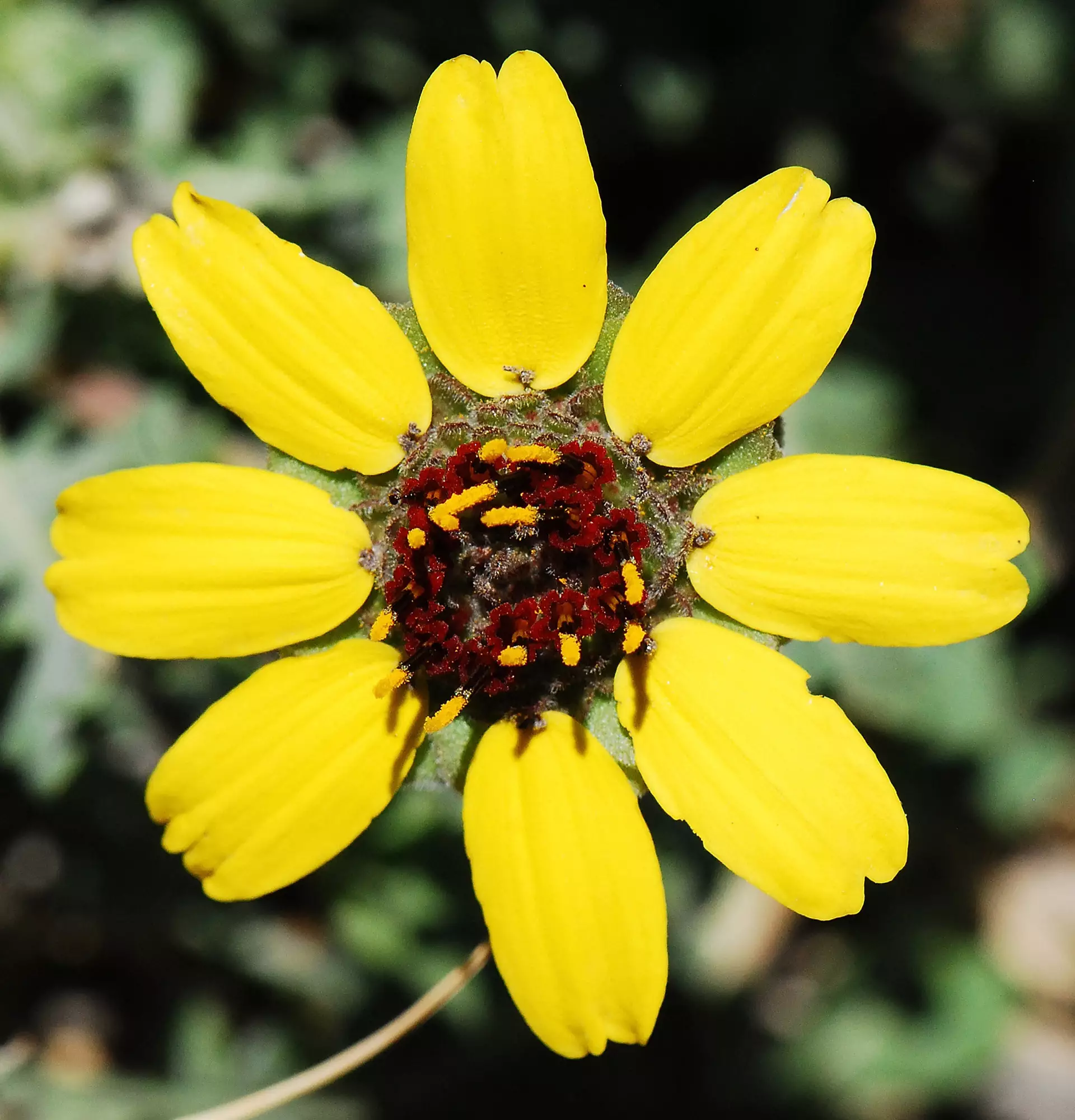
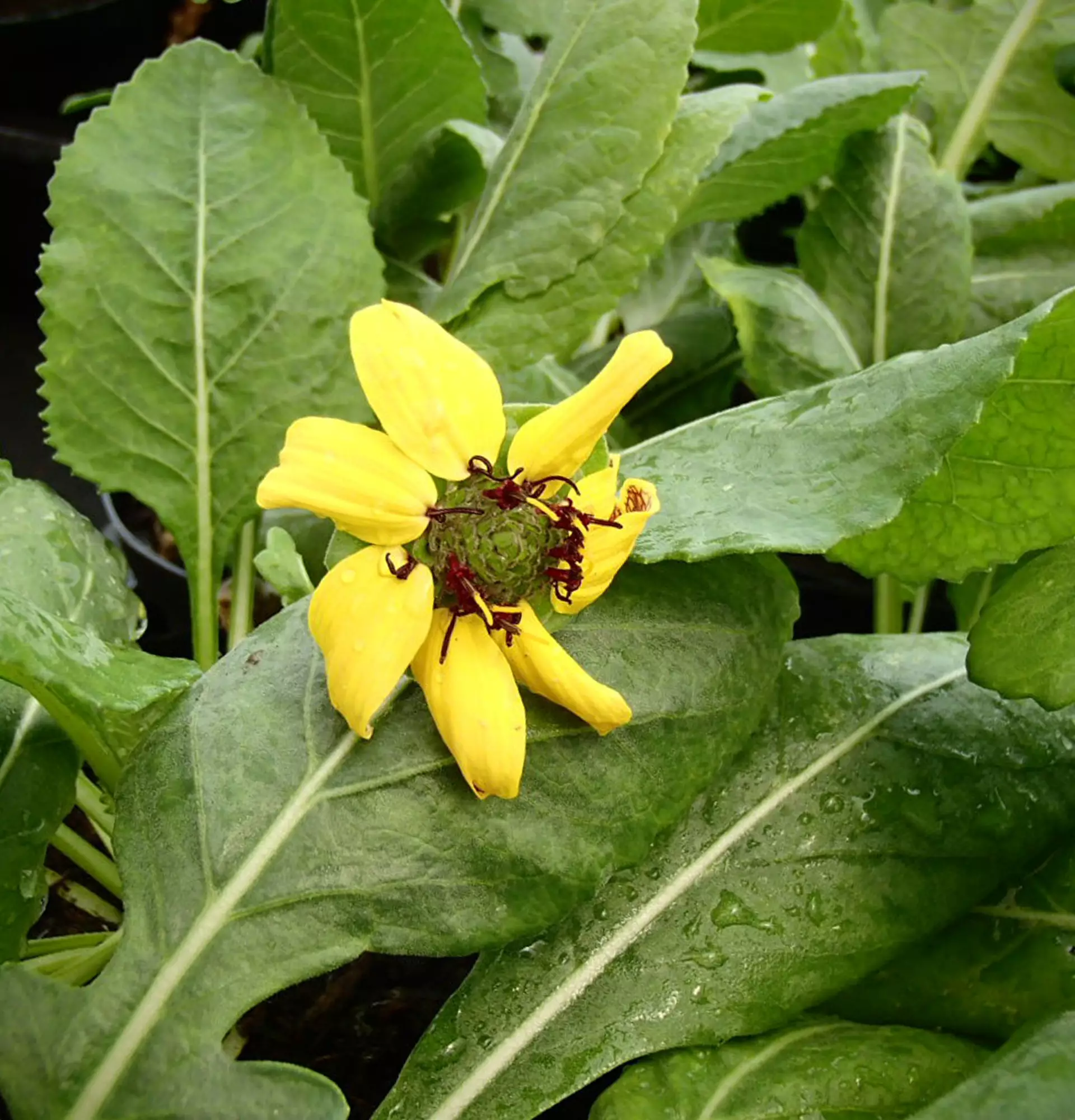
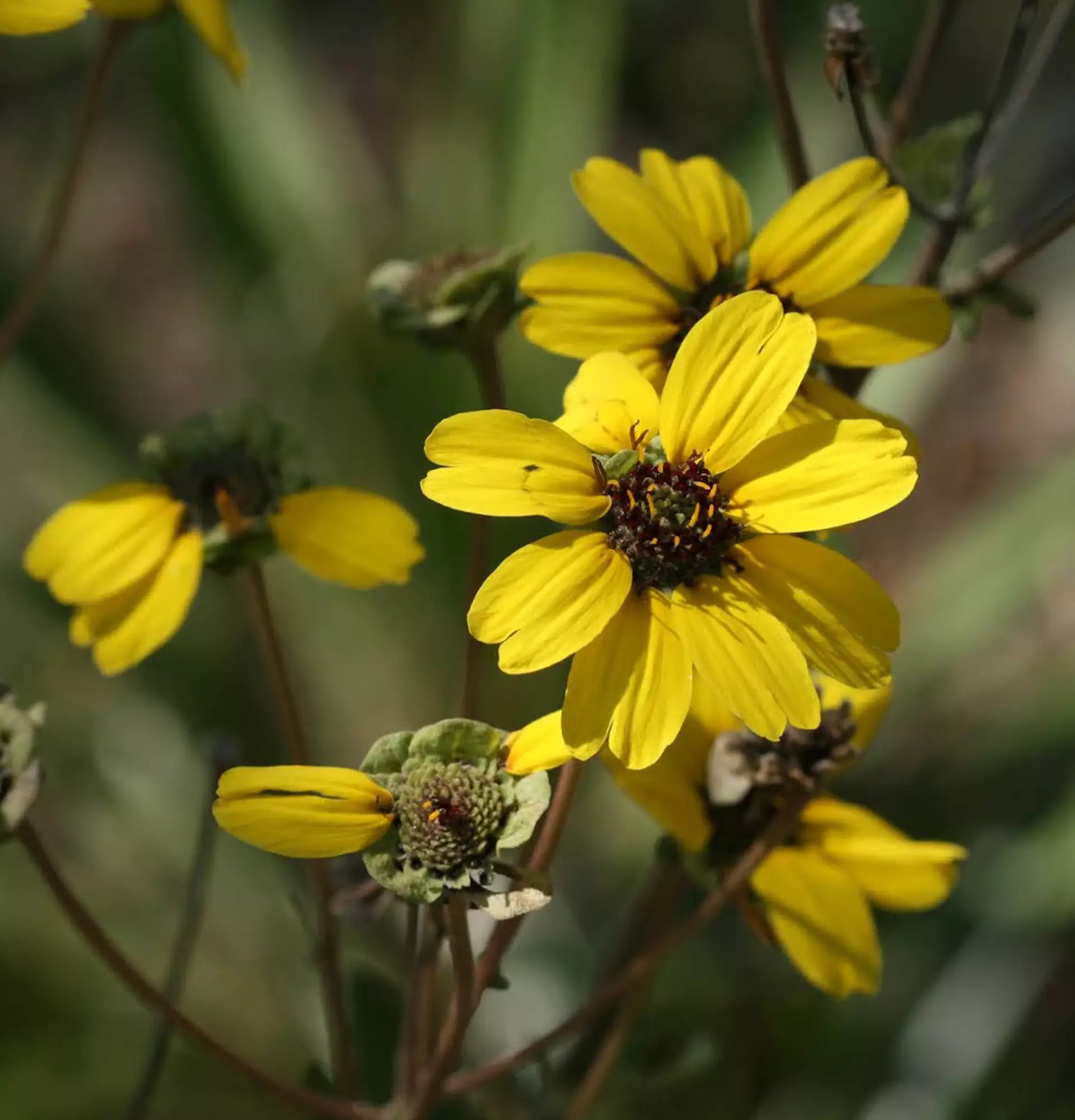
Write comments
Comments